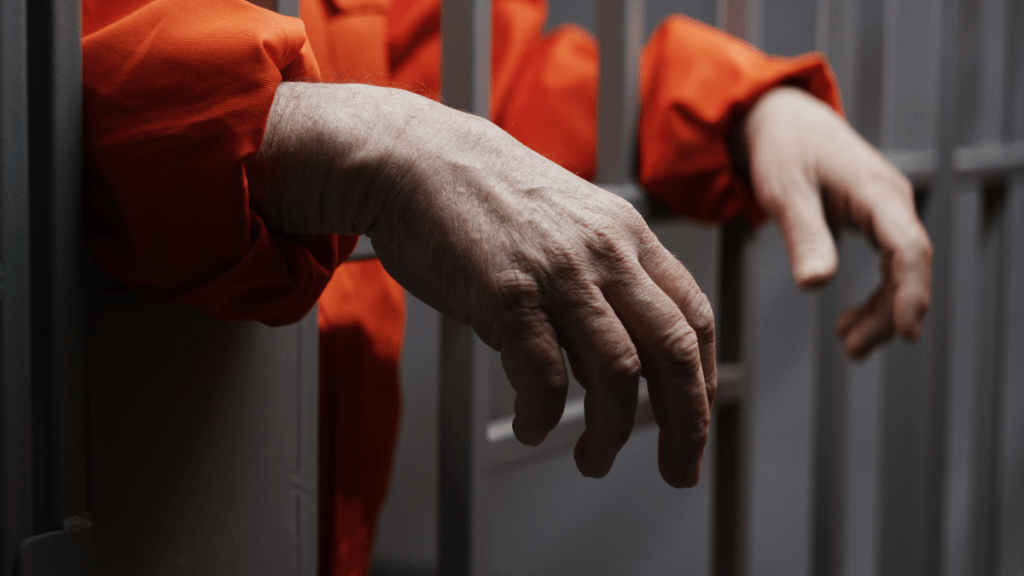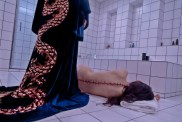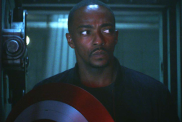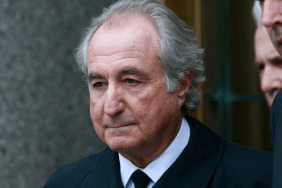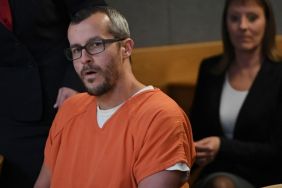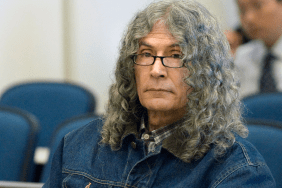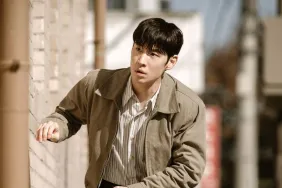William Bonin, aka The Freeway Killer, reportedly murdered at least 21 boys and men from May 1979 to June 1980, and many believe there are more victims yet to be accounted for. He targeted victims were mostly hitchhikers or young gay men.
Although authorities initiated the investigations, catching the killer proved to be a challenging task. At first, police believed that one guy was committing these heinous crimes. Later, it came to light that Bonin had accomplices, setting this case apart from others.
On June 11, 1980, the authorities finally arrested William Bonin when he tried to rape a 17-year-old boy in his van. Almost a year later, in 1981, they found the Freeway Killer guilty and sentenced him to death.
How did William Bonin, aka the Freeway Killer, die?
While in custody, William Bonin reportedly admitted to murdering 21 boys but faced charges for only 14 of the murders. After arrest, all his accomplices turned on him, agreeing to testify against Bonin to avoid the death penalty. Two separate trials occurred in the case, and the jury found him guilty in both. In 1982, the court sentenced Bonin to death for 10 murders in Los Angeles. A year later, he received a second death penalty for another four murders in Orange County.
During the trial, the prosecutors unveiled a lot of details about how he used to kill his victims. Bonin reportedly roamed neighborhoods and highways in a grimy 1972 Ford van, seeking young victims whom he typically bound, sexually assaulted, tortured, and killed in the vehicle. He often used a tire iron to bludgeon his victims around the head and genitals before raping, choking, and occasionally stabbing and torturing them. Bonin disposed of their naked or half-clothed bodies on freeways, roads, or behind dumpsters.
After numerous arguments and deliberations, authorities handed down a death penalty to him. At the age of 49, William Bonin became the first California inmate to undergo lethal injection. He was executed on February 23, 1996, at San Quentin State Prison.
Protests erupted after Bonin’s execution
The Los Angeles Times reported that Bonin believed “the death penalty is not an answer to the problems at hand.” While not displaying any remorse for his actions, the Freeway Killer openly stated that his death wouldn’t bring full closure. The night before Bonin’s execution, hundreds of death penalty opponents staged a demonstration amid a wave of protests against capital punishment. The authorities heightened security at the prison and throughout the area. Relatives of several of Bonin’s victims attended the prison to witness the execution.
Even at the last hour, William Bonin’s lawyers reportedly attempted to block the execution. They argued that their client had not received a fair trial and was denied a choice of the execution method. One of the victims’ relatives said, “I just can’t wait to see [Bonin] take his last breath. I think they ought to give him over to the [victims’] parents. We’d fix him.”
Moreover, the execution sparked small protests in Southern California. Many believed that the death sentence should not be the answer to the crimes. One of the protestors noted, “What he did to those children is wrong. Those children were our future. He’s taken that away from us. But to take Bonin’s life is not going to make anything right or teach us to be better human beings.”
